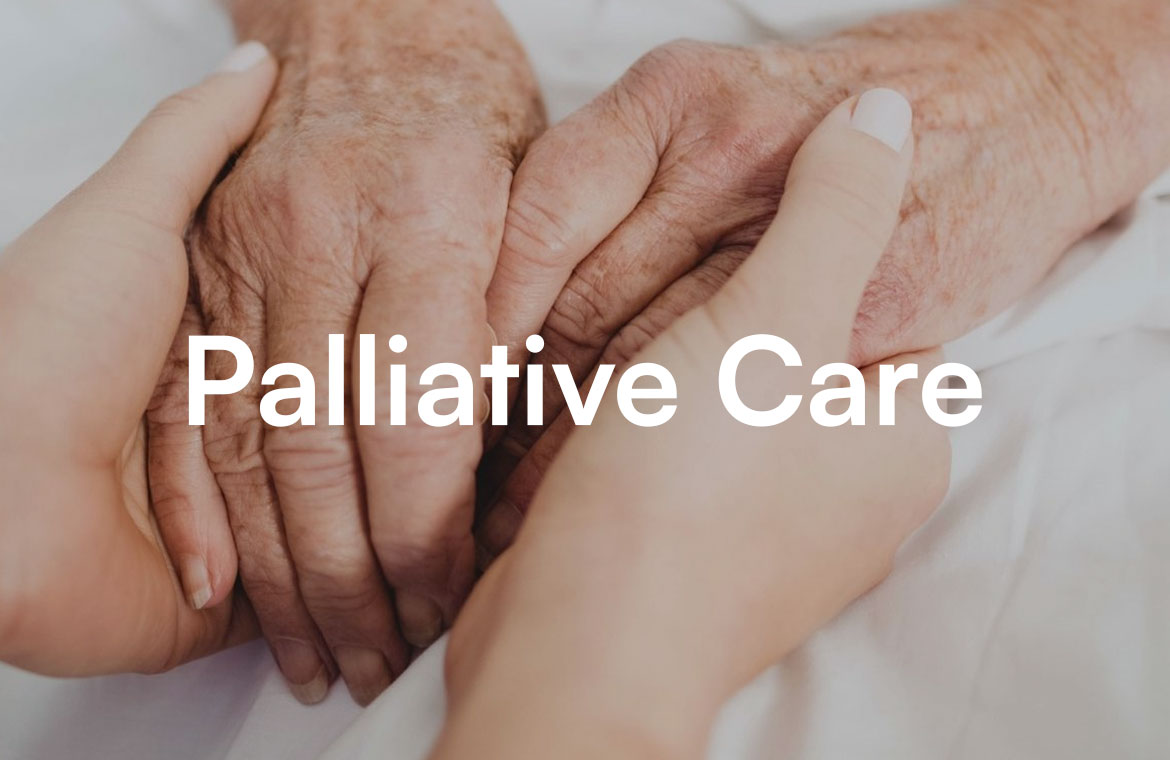India’s TB Burden:
India, with the world’s highest TB burden, accounted for 26% of global cases and 29% of TB deaths among HIV-negative people. It was a major contributor to rising TB cases (2021–2023) and 27% of global MDR/RR-TB cases. Despite progress, challenges remain in detection, treatment expansion, and closing the diagnostic gap, hindering its End TB by 2025 goal.(1)
Delays in TB Diagnosis and Treatment
- Patient Delay – Time taken to seek care due to lack of awareness, stigma, finances, or access issues.
- Doctor’s Delay – Diagnosis lag from misdiagnosis, lack of tests, or system inefficiencies.
- Treatment Delay – Delayed treatment initiation due to drug shortages, administrative barriers, or patient reluctance.
A review of 198 studies across 78 countries found an average TB diagnosis and treatment delay of 88 days. Patient delay was the longest (81 days), followed by doctor’s delay (29.5 days) and treatment delay (7.9 days), with significant variations across studies.(2)
Barriers to Effective Tuberculosis Diagnosis and Treatment
Healthcare System Challenges
Health system issues like inadequate training, low worker motivation, and high workloads lead to missed TB diagnoses (3). In 2017, 36% of global cases were unreported (4). Limited healthcare access, poor diagnostics, and weak information systems further delay detection and treatment. (5)(6).
Patient-Related Factors
Lack of TB awareness, stigma, financial barriers, and healthcare access issues delay diagnosis. Poor adherence, driven by fear of side effects, low literacy, and psychological and social factors, increases treatment failure and transmission. Weak patient-provider relationships and misconceptions about TB severity further reduce compliance. (7) (8)
{People are not accepting EPTB…Madam hame khanshi nahi heto kese ho sakta hai? In such patients we have to counsel them” – (A Gynaecologist)}
Global Burden of Drug-Resistant Tuberculosis in 2023
In 2023, 1.4 million new isoniazid-resistant TB cases were reported globally. Among MDR/RR-TB cases, 19% were pre-XDR TB. MDR/RR-TB caused an estimated 150,000 deaths. (9)
{Problem tab hota hai jab MDR hota hai. We don’t have all MDR medicines, also not available outside. Shortage of MDR drugs like clofazamine, ethionamide, PAS etc. Even sometime government also doesn’t have these. – (A Pulmonologist)}
India’s Private and Public Healthcare Sectors
India’s TB care differs by sector: the private sector relies on chest X-rays, unregulated treatments, and 60% of TB drug sales, risking improper use, while the public sector follows structured protocols. Private patients face greater barriers, underscoring the need for targeted interventions. (10)
Malnutrition on Tuberculosis
Malnutrition is the leading risk factor for TB, increasing disease risk by 13.8% per unit BMI decrease. It accelerates progression to active TB and worsens outcomes, especially in RR/MDR-TB cases. Nutritional support improves recovery, drug response, and adherence, though evidence is limited. All TB patients should be screened for malnutrition at diagnosis.(11)
Vaccine Development
Currently, 19 novel vaccines are in trials, but research faces challenges like trial sustainability, antigen selection, and limited study inclusion. Advances in mRNA technology and deep learning offer new solutions. Overcoming economic, policy, and social barriers is crucial, requiring global collaboration to accelerate TB vaccine development.(12)
Community Advocacy and Health Workers
In Thane, India, 17-year-old Ankita, a drug-resistant TB patient, faced a drug shortage and painful injectables. Activist Ganesh mobilized support, leading to a monitoring system and government action, including monthly meetings since 2022 to improve TB treatment access. (13)
CHWs provide essential, cost-effective TB care but are often undervalued. Recognizing, compensating, and integrating them into healthcare systems, along with proper training and support, is crucial to ending TB. (14)
Way Forward:
A comprehensive approach is vital to improving TB care and reducing drug resistance. Priorities include strengthening healthcare systems, ensuring drug supply, expanding treatment access, integrating nutritional and financial support, investing in TB vaccines, and empowering communities. Strengthening policies, accountability, and global collaboration will accelerate efforts to end TB.
References:
- Global Tuberculosis Report 2024
- Bello S, Afolabi RF, Ajayi DT, Sharma T, Owoeye DO, Oduyoye O, et al. Empirical evidence of delays in diagnosis and treatment of pulmonary tuberculosis: systematic review and meta-regression analysis. BMC Public Health. 2019 Jun 25;19(1):820.
- Cattamanchi A, Miller CR, Tapley A, Haguma P, Ochom E, Ackerman S, et al. Health worker perspectives on barriers to delivery of routine tuberculosis diagnostic evaluation services in Uganda: a qualitative study to guide clinic-based interventions. BMC Health Serv Res. 2015 Jan 22;15:10.
- Padayatchi N, Daftary A, Naidu N, Naidoo K, Pai M. Tuberculosis: treatment failure, or failure to treat? Lessons from India and South Africa. BMJ Glob Health. 2019 Jan 30;4(1):e001097.
- Kakame KT, Namuhani N, Kazibwe A, Bongomin F, Baluku JB, Baine SO. Missed opportunities in tuberculosis investigation and associated factors at public health facilities in Uganda. BMC Health Serv Res. 2021 Apr 17;21:359.
- Abayneh M, HaileMariam S, Asres A. Low Tuberculosis (TB) Case Detection: A Health Facility-Based Study of Possible Obstacles in Kaffa Zone, Southwest District of Ethiopia. Can J Infect Dis Med Microbiol J Can Mal Infect Microbiol Médicale. 2020 May 15;2020:7029458.
- Baryakova TH, Pogostin BH, Langer R, McHugh KJ. Overcoming barriers to patient adherence: the case for developing innovative drug delivery systems. Nat Rev Drug Discov. 2023 Mar 27;22(5):387.
- Kleinsinger F. The Unmet Challenge of Medication Nonadherence. Perm J. 2018 Jul 5;22:18.
- 1.3 Drug-resistant TB [Internet]. [cited 2025 Mar 28].
- Shah HD, Chaudhary S, Desai B, Patel J, Yasobant S, Bhavsar P, et al. Exploring private sector perspectives on barriers and facilitators in availing tuberculosis care cascade services: a qualitative study from the Indian state. BMC Prim Care. 2024 Jan 2;25(1):5.
- World Health Organization. Tuberculosis and malnutrition factsheet 2024
- Zhuang L, Ye Z, Li L, Yang L, Gong W. Next-Generation TB Vaccines: Progress, Challenges, and Prospects. Vaccines. 2023 Jul 31;11(8):1304.




